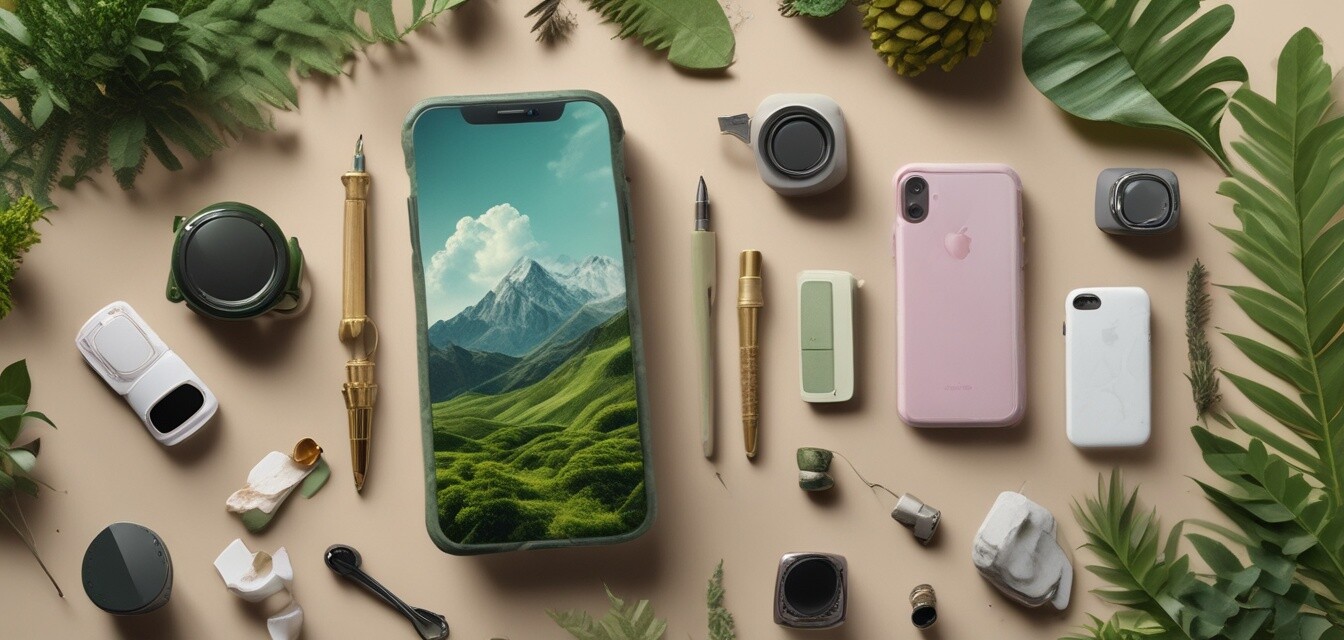
Impact of climate change on phone accessory materials
- Climate change is influencing the materials used in phone accessories.
- There is a growing trend towards sustainability and eco-friendly materials.
- Smartphone accessory manufacturers are adapting to consumer demands for environmentally friendly options.
- Recycling and repurposing materials will play a significant role in future designs.
- Staying informed on industry trends is key for consumers interested in sustainable choices.
In recent years, the conversation around climate change has reached a fever pitch. As concerns grow about the environment, various industries are re-evaluating their practices to adapt to a more sustainable future. One area seeing a transformation is the phone accessory market. Let’s dive into how climate change is reshaping the materials used in phone accessories and what trends are emerging towards sustainability.
Understanding the impact of climate change
Climate change has far-reaching effects on our planet, leading to rising temperatures, shifting weather patterns, and an increase in natural disasters. These environmental changes also affect the manufacturing processes and materials used across all industries, including phone accessories.
Defining the materials used in phone accessories
When it comes to phone accessories, materials can range from plastics and metals to textiles and glass. Each of these materials has a distinct environmental footprint, with varying levels of sustainability. Below, we discuss some common materials and their implications:
| Material | Environmental Impact | Sustainable Alternatives |
|---|---|---|
| Plastic | Non-biodegradable, contributes to pollution. | Bamboo, recycled plastics. |
| Metal | Mining impacts, carbon emissions during production. | Recycled metals, biocomposite metals. |
| Textiles | Water consumption and pollution. | Organic cotton, recycled polyester. |
| Glass | Energy-intensive to produce, can be recycled. | Recycled glass, eco-friendly glass variants. |
Sustainable trends in phone accessories
As awareness of climate change grows, consumers are increasingly demanding sustainable options for phone accessories. Here are some key trends we are witnessing:
- Recycled materials: Manufacturers are now integrating recycled materials into their designs, significantly reducing waste.
- Biodegradable options: With innovations in material science, biodegradable phone cases and accessories are making their debut.
- Minimalist designs: The trend towards minimalism in design promotes less material usage, combining functionality with a sleek look.
- Eco-friendly packaging: Brands are shifting to sustainable packaging solutions that leave a lasting impression without harming the environment.
Consumer awareness and choices
Consumers play an essential role in promoting sustainability in the phone accessory market. By opting for products made from sustainable materials, you’re not only enhancing your phone's appearance but also contributing to a healthier planet. For more insights, check out our articles on buying guides and trends in phone jewelry.
Challenges in transitioning to sustainable materials
While the shift towards eco-friendliness is promising, there are several challenges that manufacturers face:
- Cost implications: Sustainable materials can sometimes come at a higher cost, affecting pricing strategies.
- Consumer perception: Not all consumers prioritize sustainability; educating them is crucial.
- Material availability: Sourcing sustainable materials consistently can be a challenge for manufacturers.
- Technological limitations: New materials often require innovative production processes that have yet to be fully developed.
The future of phone accessory materials
Looking ahead, it’s clear that manufacturers will need to embrace sustainability not just as a trend but as a fundamental aspect of their business model. Here's what we can expect in the future:
Pros
- Less environmental impact from production.
- Potential for increased market share among eco-conscious consumers.
- Innovation in designs and materials.
Cons
- Higher initial costs for sustainable materials.
- Learning curve for new production processes.
- Market demand may not be consistent.
Conclusion
The impact of climate change on phone accessory materials is undeniable. As consumers become more informed and demand eco-friendly options, manufacturers are faced with the challenge of adapting their offerings. It's critical for both consumers and producers to engage in this dialogue to promote a sustainable future for the phone accessory market. For more on this topic and other trends, be sure to explore our news and trends section.